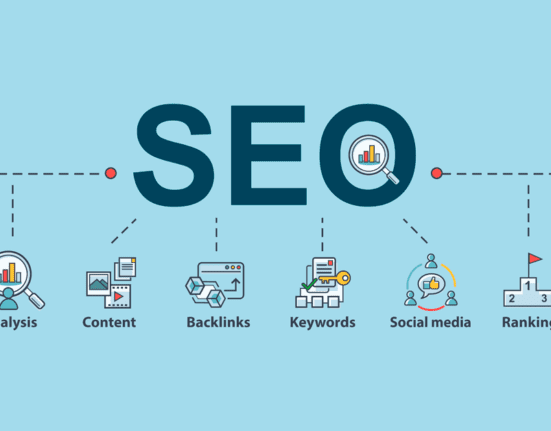Improving keyword rankings requires a combination of on-page and off-page optimization strategies. Here are some effective methods to increase your keyword rankings:
Table of Contents
On-Page Optimization:
Keyword Research:
- Identify relevant and high-volume keywords related to your content.
- Use tools like Google Keyword Planner, SEMrush, or Ahrefs to find suitable keywords.
Content Quality:
- Create high-quality, valuable, and relevant content for your target audience.
- Ensure your content is well-written, easy to read, and provides a solution or valuable information.
Keyword Placement:
- Include your target keywords naturally in the title, headings, meta description, and throughout the content.
- Don’t over-optimize; ensure a natural flow in your writing.
URL Structure:
- Use SEO-friendly URLs with relevant keywords.
- Avoid long and complex URLs; keep them concise and descriptive.
Internal Linking:
- Create a logical internal linking structure within your content.
- Link relevant pages using anchor text that includes your target keywords.
Optimize Images:
- Use descriptive file names and alt tags for images, incorporating relevant keywords.
Off-Page Optimization:
Backlink Building:
- Acquire high-quality backlinks from reputable websites in your industry.
- Guest posting, influencer outreach, and creating shareable content can help in link building.
Social Media Signals:
- Share your content on social media platforms to increase visibility and engagement.
- Social signals can indirectly impact your search engine rankings.
Mobile Optimization:
- Ensure your website is mobile-friendly, as Google considers mobile usability in rankings.
Page Loading Speed:
- Improve your website’s loading speed for both desktop and mobile users.
- Use tools like Google PageSpeed Insights to identify and fix performance issues.
User Experience:
- Enhance user experience on your site by improving navigation, reducing bounce rates, and optimizing for user engagement.
Local SEO:
- If applicable, optimize for local search by claiming your Google My Business listing and ensuring accurate business information.
Continuous Monitoring and Adjustment:
Analytics:
- Use tools like Google Analytics and Google Search Console to monitor your website’s performance.
- Track changes in keyword rankings and user behavior to make data-driven adjustments.
Algorithm Updates:
- Stay informed about search engine algorithm updates.
- Adapt your strategy to align with any changes in search engine ranking criteria.
For more SEO informations, follow MoveDigitals.







